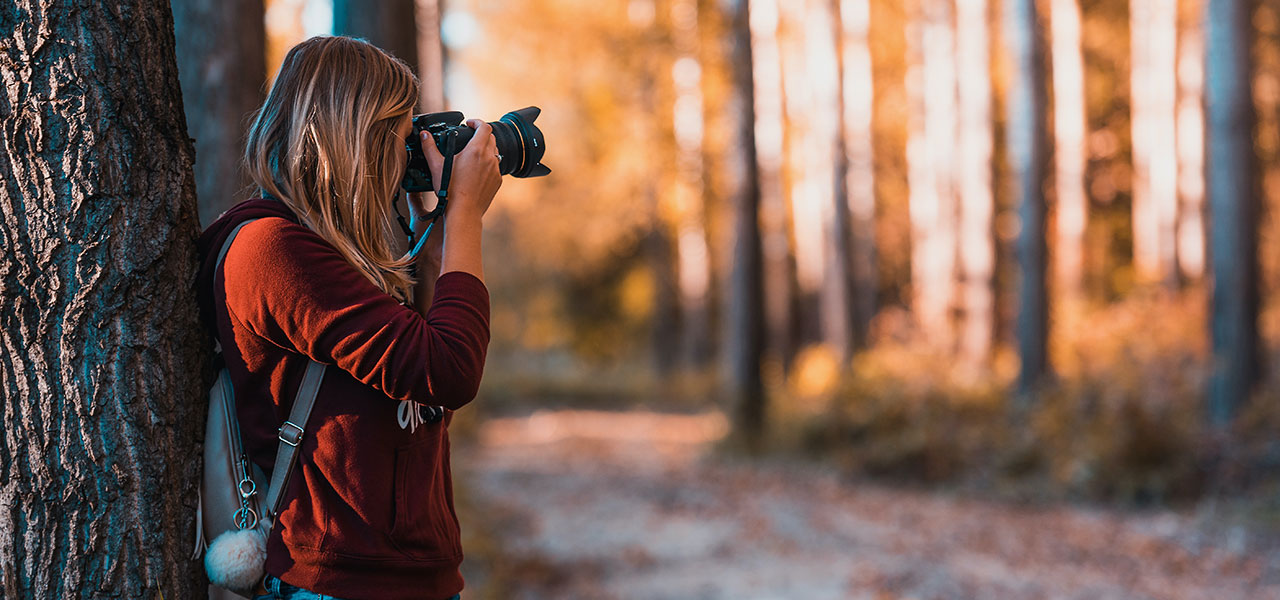Photographers are especially vulnerable to theft of their work.
 Unfortunately, artists of all types have their work wrongfully copied and used without their consent on a regular basis, and in this age of the Internet and Instagram, photographers can be especially vulnerable to exploitation and theft of their work because it is so easy to copy, manipulate and distribute someone else’s images online.
Unfortunately, artists of all types have their work wrongfully copied and used without their consent on a regular basis, and in this age of the Internet and Instagram, photographers can be especially vulnerable to exploitation and theft of their work because it is so easy to copy, manipulate and distribute someone else’s images online.
Litigation is expensive and infringers often know that artists are either unlikely to have registered their works in advance or unlikely to have the funds to fight the unauthorized use. Or both. They may take calculated risks in using a copyrighted photo, believing there is nothing the artist can or will do in response.
As is often the case in law and life, prevention may offer the best medicine. What follows are five simple and inexpensive (relative to the costs of litigation) tips to prevent infringement of a visual work and/or stand up to unscrupulous thieves.
1. Register Your Copyrights
In the context of any copyright dispute, the biggest advantage any artist can claim is a registered copyright. It is true that an artist automatically owns the copyright in a work upon creation. However, if there is ever a fight about that copyright or that work, there is a huge difference between owning a copyright and owning a registered copyright.
First, you may only sue for federal copyright infringement if you have a copyright registration. Although a work can be registered at any time, even after infringement, there are significant advantages to registering works in advance of a problem. For example, victims of infringement may be able to recover statutory damages (amounts permitted automatically by law, as opposed to amounts that may depend on an artist’s ability to prove actual damages or an infringer’s profits). Artists with registered copyrights may also be able to recover legal fees.
Photographers, specifically, can register their works in bulk. Up to 750 published photographs or 750 unpublished photographs can be registered with the Copyright Office for a single registration fee, and their website at www.Copyright.gov gives a lot of good step-by-step information on exactly how to do that. While the registration fees may seem like a lot of money to protect your work, it is almost guaranteed that registration fees are exponentially cheaper than litigation costs.
2: Publicly Claim Ownership
Whether you have a registered copyright or not, a photographer should not be putting work out into the world without some sort of notice that they intend to enforce their intellectual property rights. Many people believe a registered copyright is required to use the copyright symbol ©, but this is a misunderstanding. You should always include a ©, your name, and the year you created a work to alert potential infringers of your rights. This can be done via a watermark, through a photo’s EXIF data, or otherwise. While notice won’t stop someone intent on stealing a work, it may act as a deterrent to unknowing infringers, and for registered works, public notice can come in handy if you ever need to prove that infringement was intentional.
3: Police Your Work
You may not always be alerted when your work has been wrongfully exploited. Professional photographer and blogger Elizabeth Craig of Elizabeth Craig Photography is no stranger to infringement: “Over the years, women and men have taken my photography and put it on their own websites and social media with their own logos and claimed that my work is their work. It’s infuriating.” Although sometimes people reach out to her to let her know someone is using her photographs, much of the ongoing theft might remain unknown if she did not also actively police her copyrights.
There are companies that you can hire to police copyrighted works on your behalf, but usually, artists choose to police on their own. “Every year or so I’ll actually upload my most popular images into Google Images and see if they come upon anyone else’s social media,” says Elizabeth. Using this method, she once discovered that a wedding company in India had stolen every Indian image she had ever posted and used them all to promote their own company. This egregious theft might have gone unnoticed had she not taken proactive steps to uncover it.
4: The Cease and Desist
If a work is being used without your consent, you might write to the offending party notifying them of your intellectual property rights in the image and asking them to stop using the photographs. If the infringer is a company, their legal contact will often be available on their website and should be used so that the letter goes to the people who can actually do something about the problem. If you can afford it, having the cease and desist letter come from an attorney on the lawyer’s letterhead is often the best way, short of filing a lawsuit, to get an infringer’s attention.
5: The Takedown
If your goal is simply to remove copyrighted images from an infringing website, there are companies that specialize in Internet Takedown services. It should be noted that these services will cost money and may not be permanent or ideal solutions because those images may simply appear in another advertisement on another site, forcing the artist to begin the process again.
In what might be considered another form of “takedown,” some artists may turn to social media and peer pressure to convince infringers to curb their bad behavior. Often called an artistic “community” for a reason, now more than ever, artists are able to keep tabs on what other artists are doing, thinking, discussing, etc. Artists do not want to be known as infringers or thieves, and therefore, naming offending photographers who are claiming rights in the works of others can be effective. According to Ms. Craig, “Photographers have lost their entire careers over this. The community comes down so hard they can’t get back up.”
Of course, you should always be careful when naming someone as an infringer online: no one wants to start the week as an infringement avenger only to become the defendant in a defamation lawsuit over the weekend. Check with a legal professional to gauge potential risk if there is any concern or uncertainty about what you can or cannot say about another person or entity online.
Pittsburgh Intellectual Property Attorneys
It is important to remember that every case is different. If/when you discover infringement, you should be sure to document, by screenshot, photograph, or another method, all evidence of that infringement, including any source data available.
Also, even if you do not plan to file a lawsuit, it is a good idea to consult with an attorney regarding your best options. Many communities and bar associations have organizations or committees that will help match local artists with attorneys, and subject to certain income limitations, organizations like Pittsburgh’s Volunteer Lawyers for the Arts may be able to help connect artists with lawyers who will help for little or no fee.
If you have questions or want to discuss a strategy for your protecting your photographs please reach out to Attorney Blair Preiser or another member of our Intellectual Property Group for assistance.




